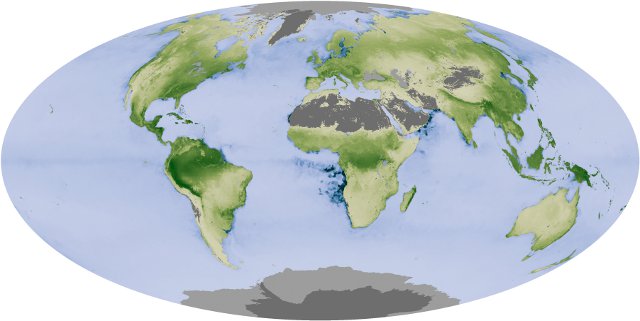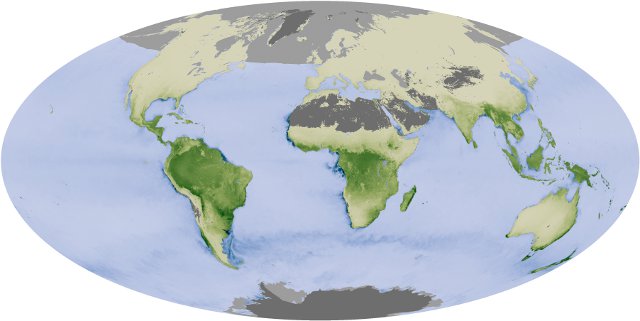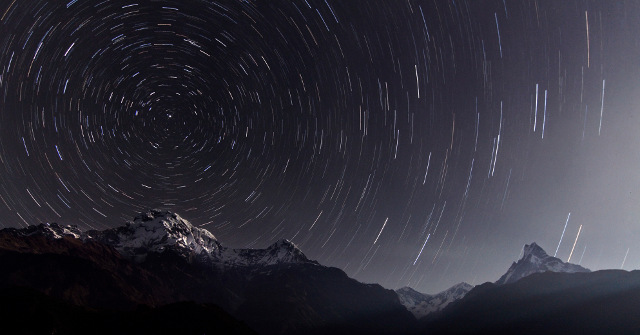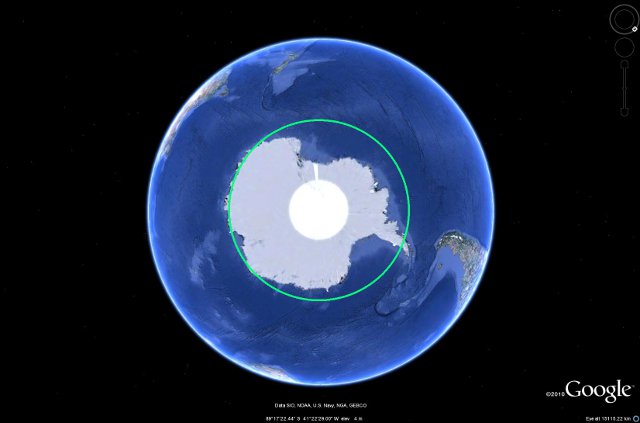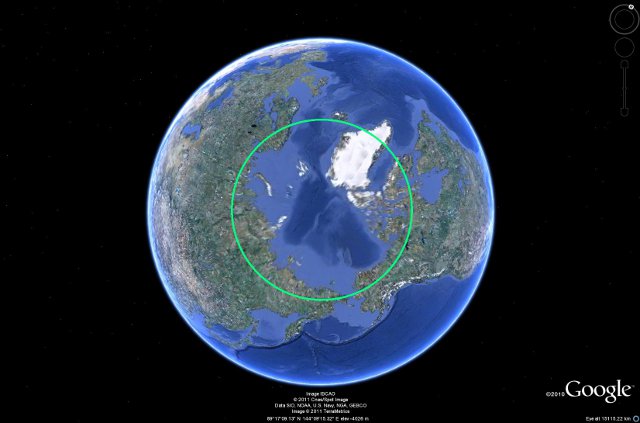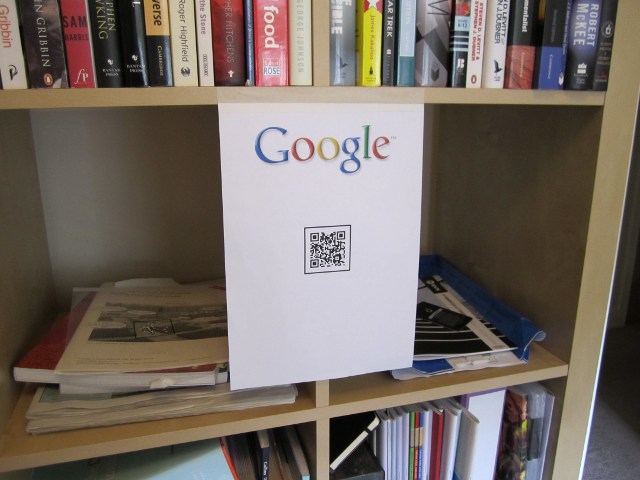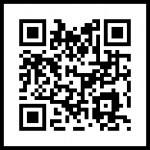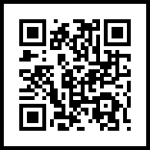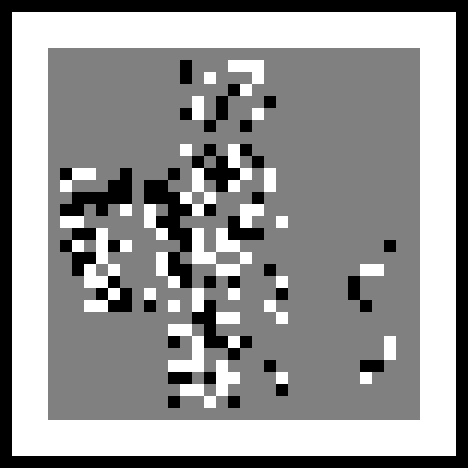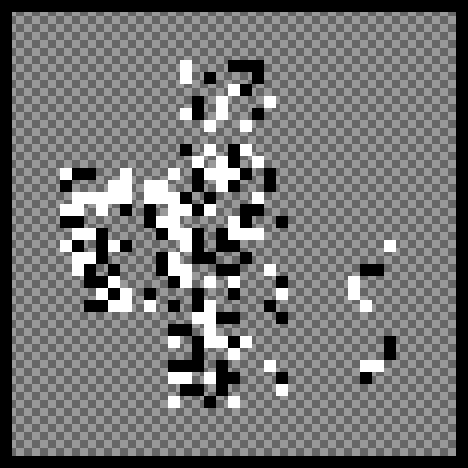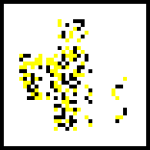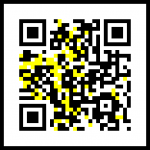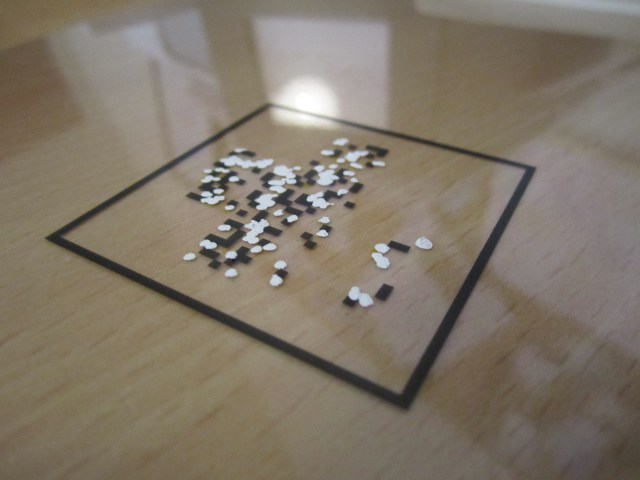This was my losing entry for the Wellcome Trust Science Writing Prize.
The search for hidden nuclear reactors has traditionally been an intelligence operation run by organisations like the CIA and the SIS (formerly MI6), but in future it might the initials of France’s Atomic Energy Commission (CEA) that become ubiquitous in the fight against nuclear proliferation. In a paper1 accepted for publication in the prestigious journal of nuclear physics Physical Review C, Thierry Lasserre and colleagues from the CEA outline a radical new method for detecting clandestine or rogue nuclear reactors – the IAEA diplomatically calls them “undeclared reactors” – using mobile neutrino detectors transported by supertankers. Lasserre’s group calls the project SNIF: the Secret Neutrino Interactions Finder.
When uranium and plutonium nuclei split (when they “fission”) they produce smaller lighter nuclei called fission fragments. It is these fission fragments that make up radioactive waste and have names like strontium-90. These fission fragments are always heavy in neutrons: iodine-131 and caesium-137, two isotopes that have been in the news recently because of the accident at the Fukushima Daiichi nuclear plant both contain four more neutrons than their stable forms. These unstable neutron-heavy isotopes always become stable by undergoing beta decay, one of the three main types of radioactive decay.
During beta decay a neutron inside the nucleus turns into a proton and in the process releases an electron and an electron antineutrino. For every watt of thermal energy produced in the reactor about a thousand billion electron antineutrinos are produced. As a typical clandestine reactor will have a power of between ten million and two billion watts this equates to a very large release of neutrinos.
Neutrinos are tiny neutrally-charged particles with almost no mass. Because they are so small, and because they have no charge, neutrinos have almost no interactions with matter at all. Right now, no matter where in the world you are, there are millions of neutrinos emitted by the Sun travelling through your body at close to the speed of light.
The fact that neutrinos don’t interact means that it is impossible to prevent them from leaving the reactor. Burying your reactor a mile underground or encasing it in steel and concrete won’t work – these are effectively transparent to neutrinos. The fact that neutrinos don’t interact with matter also makes them very difficult to detect: neutrino detectors have to be very large to have a reasonable chance of capturing a neutrino “event” in a reasonable amount of time. The Super-Kamiokande neutrino detector in Japan contains fifty million kilograms of ultra-pure water in a cylinder 39 m across and 41 m tall and only detects about fifteen events per day.
The French group’s work expands on previous work2 by Eugene Guillian at the University of Hawaii which proposed an array of stationary one megaton detectors by suggesting a flotilla of supertanker-borne mobile detectors. Their paper suggests a cylindrical detector 46 m across and 97 m long, submerged one and a half kilometres underwater to reduce interference from “background” neutrinos present due to solar activity and natural radioactive decay.
The SNIF detector would be filled with a chemical called linear alkylbenzene – normally used in the preparation of detergents – and be “doped” with the element gadolinium to increase the detection rate. The inside of the cylinder containing the alkylbenzene would be covered by thousands of photomultiplier tubes (PMTs), ultra-sensitive light sensors designed to pick up the flashes of ultraviolet light created on the very rare occasions when a proton in the detector “absorbs” the electron antineutrino. The Super-Kamiokande detector uses a little over 13000 of these PMTs, 6600 of which were shattered in a chain reaction in late 2001 and each of which had to be replaced by hand at a cost of three thousand dollars each.
By combining readings from their detector with the location and power of known nuclear reactors and a map of naturally-occurring “geoneutrinos”3; and by using a bit of common sense – reactors are usually located near oceans or rivers for cooling, for example – Lasserre and his colleagues suggest that they could locate a three hundred megawatt research reactor producing fuel for a nuclear weapon to within “a few tens of kilometres” after only sixth months’ observation from three hundred kilometres away. If the number of detectors or the observing time is increased then even tiny research reactors could be accurately located.
Tyrannical despots need not start worrying immediately. The SNIF detector would be three times the size of the largest detectors existing today and would present significant logistical and operational difficulties. Nevertheless, as Lasserre points out, the possibility of non-civilian use of nuclear reactors is a growing one, and may eventually justify the creation of a real-life SNIF project.
1 Thierry Lasserre et al. 2010. “SNIF: A Futuristic Neutrino Probe for Undeclared Nuclear Fission Reactors”. arXiv:nucl-ex/1011.3850v1 available at http://arxiv.org/abs/1011.3850 accessed 17 May 2011.
2 Eugene Guillian. 2008. “Far Field Monitoring of Rogue Nuclear Activity with an Array of Large antineutrino Detectors”. Earth Moon and Planets 99: 309-330. doi: 10.1007/s11038-006-9110-x
3 Fabio Mantovani, Luigi Carmignani, Gianni Fiorentini and Marcello Lissia. 2004. “Antineutrinos from Earth: A reference model and its uncertainties”, Physical Review D 69: 013001-013013. doi: 10.1103/PhysRevD.69.013001.
